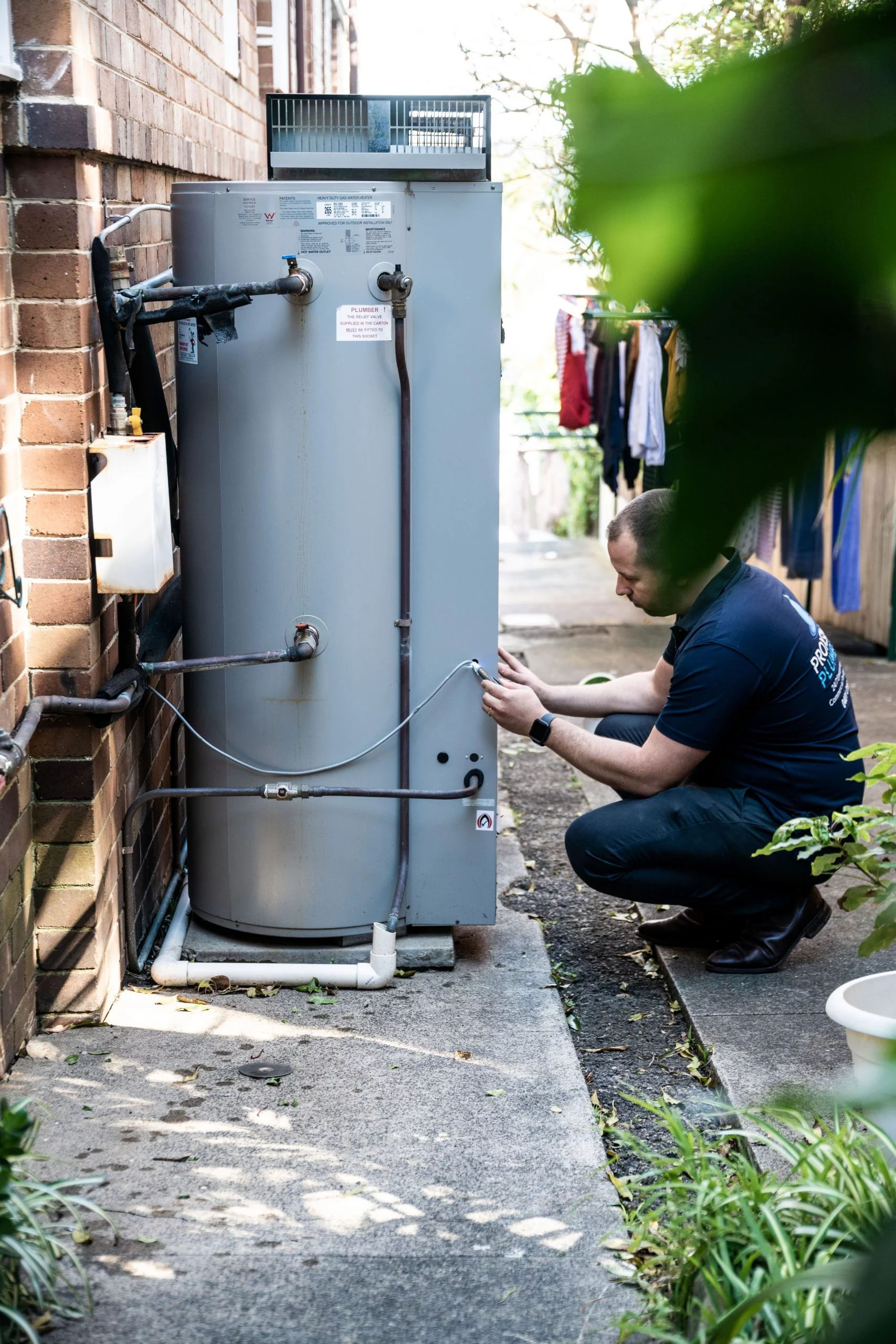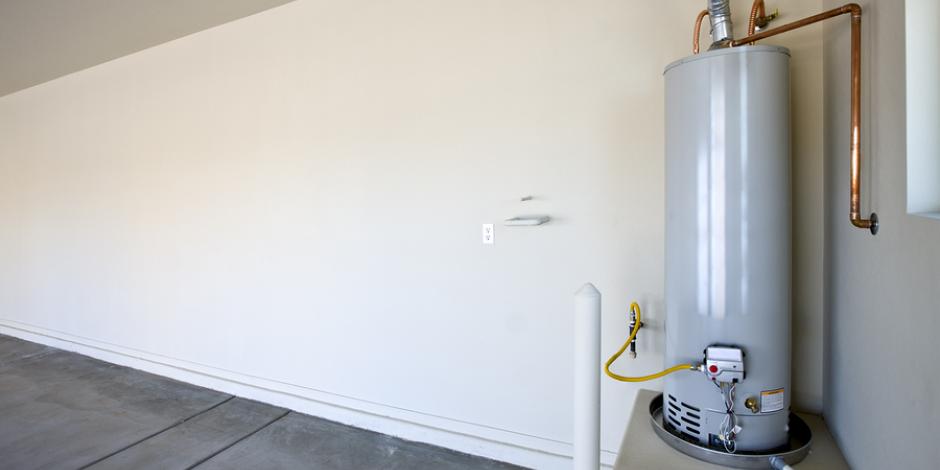Steps to Successfully Care for Your Home's Hot Water SystemTop Methods to Care for Your Home's Hot Water System Successfully
Schedule HereThey are making a few good pointers regarding How to Maintain Your Water Heater & Prolong its Life overall in the content following next.

Hot water is essential for daily convenience, whether it's for a refreshing shower or washing dishes. To ensure your warm water system runs efficiently and lasts much longer, normal maintenance is crucial. This article provides useful pointers and insights on exactly how to preserve your home's warm water system to avoid interruptions and expensive repairs.
Intro
Keeping your home's hot water system may appear overwhelming, but with a few basic actions, you can ensure it operates smoothly for many years to find. This overview covers every little thing from understanding your hot water system to DIY maintenance ideas and recognizing when to call in expert assistance.
Importance of Preserving Your Warm Water System
Normal maintenance not only prolongs the lifespan of your warm water system yet likewise ensures it runs successfully. Disregarding upkeep can lead to decreased efficiency, higher power bills, and even premature failure of the system.
Signs Your Warm Water System Demands Upkeep
Understanding when your hot water system requires attention can prevent significant concerns. Keep an eye out for indications such as inconsistent water temperature, strange noises from the heating system, or corroded water.
Comprehending Your Warm Water System
Prior to diving right into maintenance tasks, it's useful to understand the fundamental elements of your hot water system. Usually, this includes the water heater itself, pipelines, anode poles, and temperature controls.
Regular Monthly Upkeep Tasks
Normal month-to-month checks can aid catch minor concerns prior to they escalate.
Purging the Hot Water Heater
Flushing your water heater gets rid of sediment accumulation, enhancing effectiveness and prolonging its life.
Checking and Changing Anode Rods
Anode poles stop rust inside the storage tank. Inspecting and replacing them when broken is important.
Evaluating and Changing Temperature Setups
Adjusting the temperature level settings ensures optimal efficiency and security.
DIY Tips for Upkeep
You can perform numerous maintenance jobs on your own to maintain your hot water system in leading condition.
Looking for Leaks
Regularly check pipes and links for leakages, as these can result in water damages and higher costs.
Evaluating Stress Relief Valves
Examining the pressure safety valve guarantees it functions properly and prevents extreme pressure accumulation.
Shielding Pipes
Protecting hot water pipelines reduces warmth loss and can save power.
When to Call a Professional
While do it yourself maintenance is beneficial, some problems need specialist competence.
Facility Problems Requiring Expert Help
Instances consist of significant leaks, electric problems, or if your hot water heater is regularly underperforming.
Regular Professional Upkeep Benefits
Expert upkeep can include comprehensive examinations, tune-ups, and guaranteeing conformity with safety requirements.
Conclusion
Regular upkeep of your home's warm water system is vital for effectiveness, longevity, and expense savings. By adhering to these tips and understanding when to seek specialist help, you can guarantee a trusted supply of hot water without unexpected interruptions.
Water Heater Maintenance: The Basics
Maintaining your water heater will ensure it operates efficiently and has a longer lifespan. Neglecting regular maintenance can lead to costly repairs and an even bigger chunk of your savings if you have to replace it sooner than necessary. But there’s good news: Most water heater maintenance tasks are relatively simple and easy for homeowners with basic DIY skills.
Flush the Water Heater
Over time, sediment and minerals can build up in the tank, reducing its efficiency and potentially causing damage. To flush the tank, turn off the power or gas supply, attach a hose to the drain valve near the bottom and open the valve to drain the water until it runs clear. Ideally, flush the tank annually.
Replace the Anode Rod
The anode rod is a sacrificial metal rod that helps prevent corrosion inside the tank. Inspect and replace it every three to five years or per the manufacturer's recommendation. To replace the anode rod, turn off the power or gas supply, drain a few gallons of water from the tank, unscrew the old rod and replace it with a new one. If the anode rod is significantly corroded or covered in calcium buildup, it's a sign the water heater may need to be replaced soon.
Tune-Up
A yearly tune-up can help identify potential issues and ensure your water heater operates at peak efficiency. This typically involves checking the thermostat, burner assembly (for gas heaters) and any other components specified by the manufacturer. During a tune-up, the technician may also clean the burner and adjust the pilot light (for gas heaters) or examine the heating elements (for electric heaters).
How to Maintain Your Water Heater
Insulate the tank. Insulating the tank can improve energy efficiency and reduce heat loss, saving you money on energy bills. You can purchase precut insulation blankets designed specifically for water heaters or use standard fiberglass insulation wrapped securely around the tank. Check the temperature. The recommended water temperature for most households is around 120 degrees Fahrenheit (49 degrees Celsius). Higher temperatures can increase energy costs and potentially cause scalding. Use a kitchen thermometer to check the temperature at the faucet nearest the water heater. Monitor water pressure. Excessive water pressure can strain the water heater and cause leaks or even tank failure. Install a pressure-reducing valve if necessary. The ideal water pressure range is between 60 and 70 PSI (pounds per square inch). Test the temperature and pressure (T&P) relief valve. The T&P relief valve is a safety feature that releases pressure if the tank gets too hot or the pressure builds up too high. Test it annually by lifting the lever and allowing a small amount of water to release. Replace the valve if it doesn't release water or reseal properly. Check for leaks. Regularly inspect the tank, pipes and fittings for leaks or corrosion. Deal with issues promptly to prevent further damage. Even a small leak can lead to significant water damage over time. Consider a tankless water heater. If your traditional tank-style water heater is nearing the end of its lifespan ( typically 10 years), consider replacing it with a tankless water heater. These units heat water on demand, reducing standby energy losses and potentially saving you money on your energy bills. Schedule professional maintenance. While homeowners can perform many water heater maintenance tasks, it's still a good idea to schedule professional maintenance every few years. A plumber or HVAC technician can thoroughly inspect the unit, identify potential issues and ensure it operates safely and efficiently. https://www.homeserve.com/en-us/blog/home-improvement/hot-water-heater-maintanence/

I came across that content on Water Heater Maintenance Tips You Can't Afford to Forget while browsing on the internet. Are you aware of anybody else who is very much interested in the subject? Be sure promote it. We take joy in reading our article about What Kind of Maintenance Do Water Heaters Need?.
Visit My Website